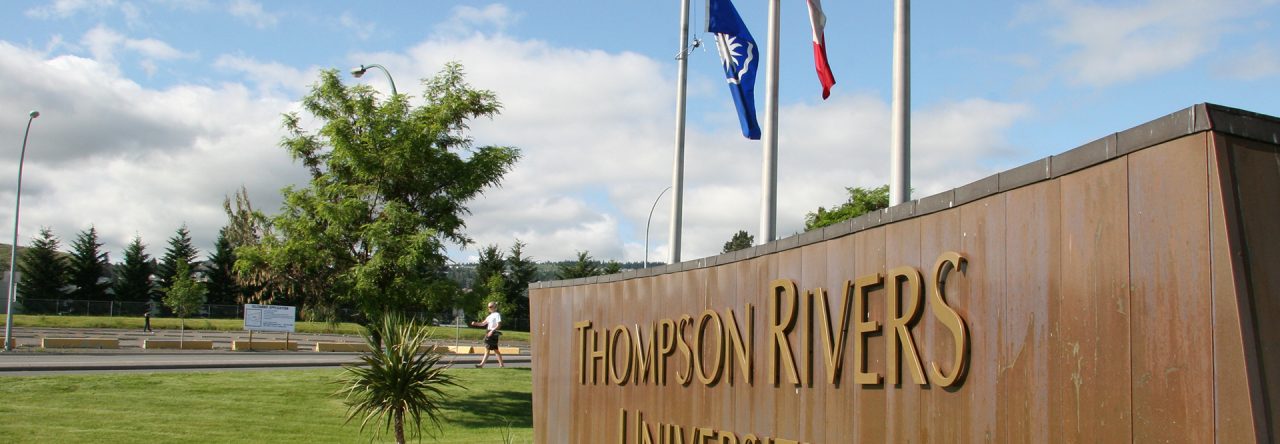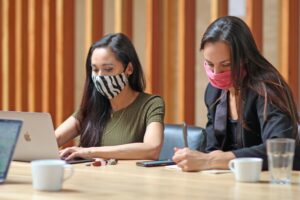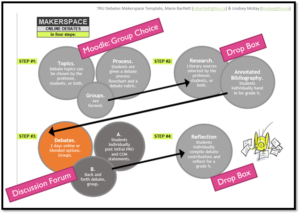
Photo by Seema Miah on Unsplash
by Mahtab Nazemi, Education
Over 15 years of teaching experience in K-12 and Post-Secondary combined have taught me a few useful things, to say the least. In my current role, working with Teacher Candidates (otherwise called Pre-Service Teachers), I have been very lucky to make my teaching practice visible as it contributes to my students’ and my own learning and improvement. It’s such a relief to be able to stop myself in the middle of something and exclaim: “Please don’t do what I just did! That could have gone more smoothly – any ideas of what I could have done differently?”
Recently when grading student lesson plans, I remembered a couple of important strategies that I would like to get back to consistently implementing. Like many conscientious teachers, I over-plan. I do this time and time again, even if it’s the fifth year in a row that I’m teaching the course. I know better. Every time I teach a course I have already taught, it still feels like a new prep. I re-plan because I want to do things differently all the time, and I want to bring in new materials, readings, and activities that I didn’t get a chance to use in prior iterations of the course. Because this is blog post and not a full-length paper, I will focus on only two strategies that have helped me, and I hope that they can help you with your time management.
I take notes on my lesson, right in Moodle. We all have an idea of how long something will take, or at least how long we hope it will take, so what about when it’s all done? So, here’s what I do in Moodle to help me with time management in the classroom. I will add a few lines about how the lesson went that day (and keep it hidden from students). I will write something like this:
- “This lesson was too long. Would be best to happen over the course of two
classes.” - “Cut this part of the lesson because they didn’t need this much introduction
and background knowledge. (First make sure that future groups of
students also already learned about this in prerequisite class)” - “Next time, do a jigsaw activity for this reading. It’s super dense and long,
but luckily something that can be broken into smaller chunks.”
If you’ve never done a jigsaw activity, but would like to try, here are a few more words about it. Oh, and by the way, it can work well in Mathematics class too!!! Assign this reading as 5 sections, assigning each random group of 5 students one of the sections. In class, have section-groups meet to discuss the specific part they read and feel ‘as expert as possible’ on that section. (If the reading or mathematics problems, etc., were not assigned in advance of this class, then this would be time for them to first read/solve the problems, then have a discussion about being an expert on the section.) Then arrange students in new groups made up of one person from each section – so that all 5 parts are represented in each new group. This second group arrangement will meet for longer than the first one did, to discuss the whole reading, part by part, now with expertise from each section.
With the above notes captured in your Moodle site, when you import this course shell next time you teach the course, you now have some self-assessments that will help you do a version of the same lesson, but so much better!
The second piece I’d like to mention, in regard to time management in the classroom, has to do with the “ordre du jour,” or the agenda for the day. If my class runs from 8:30am to 9:20am, for example, rather than having estimates for time in minutes, I include the actual time, like this:
| Instead of: | Try this: |
| Attendance 5 mins
Group Discussion 15 mins Lecture & Notes 20 mins Questions & Next Lesson 10 mins |
Attendance 8:30-8:35
Group Discussion 8:35-8:50 Lecture & Notes 8:50-9:10 Questions & Next Lesson 9:10-9:20 |
Having the actual time, rather than the expected minutes, makes it much easier to glance at the clock or your watch and know that you’re on track for finishing all the things in your lesson within the allotted time. I know this might seem simple, but it’s super helpful! Even as a Mathematics teacher, it takes me too long to see 20 minutes in my lesson, and then figure out what time that corresponds to, and then decide if I’ve being yapping too long or if I’ve left enough time for the rest of the activities that day. Now relatedly, this is something you can adjust for future lessons, based on making a note (in Moodle or elsewhere) if something took more or less time than you had originally planned.
Hope these tips are helpful for you! If you would like to chat about this post, or any other thing related to teaching, please reach out.










